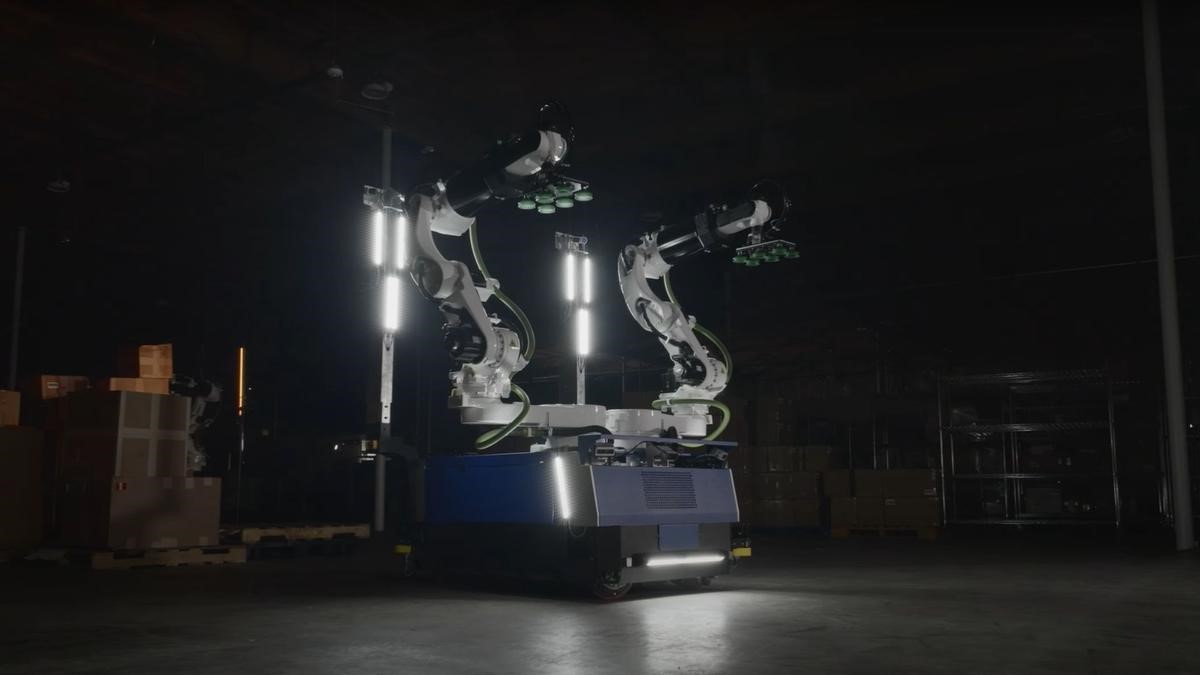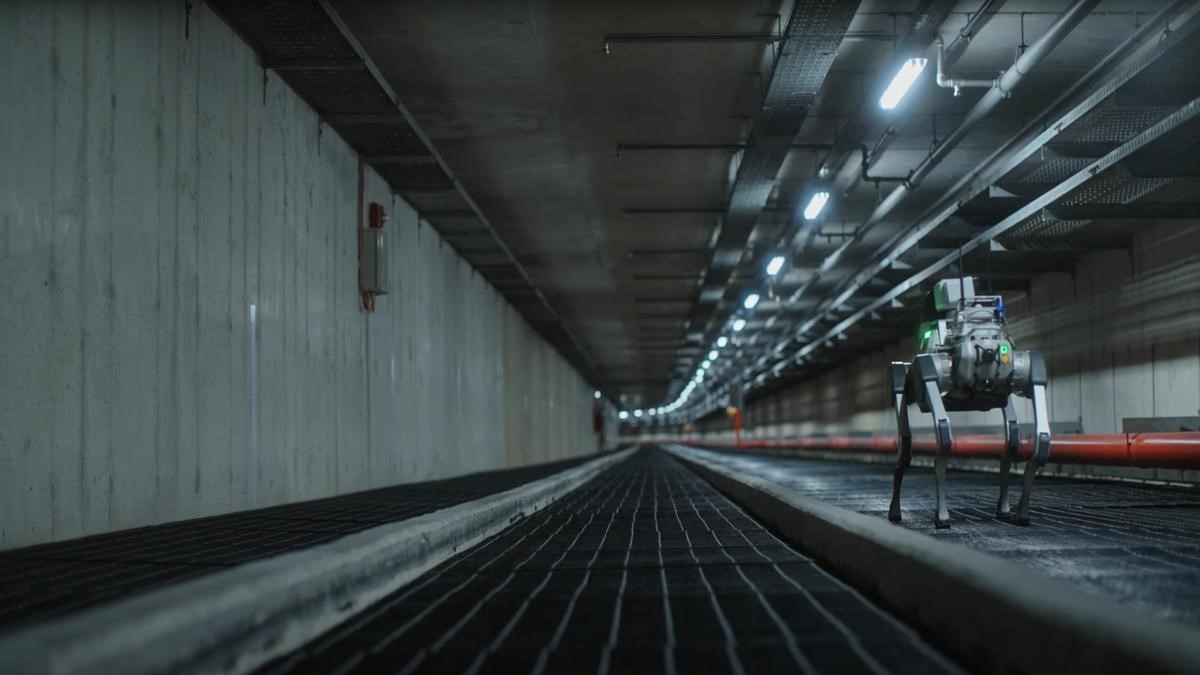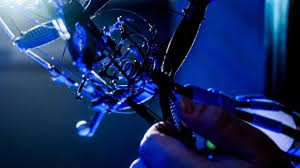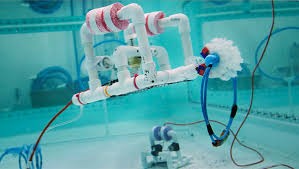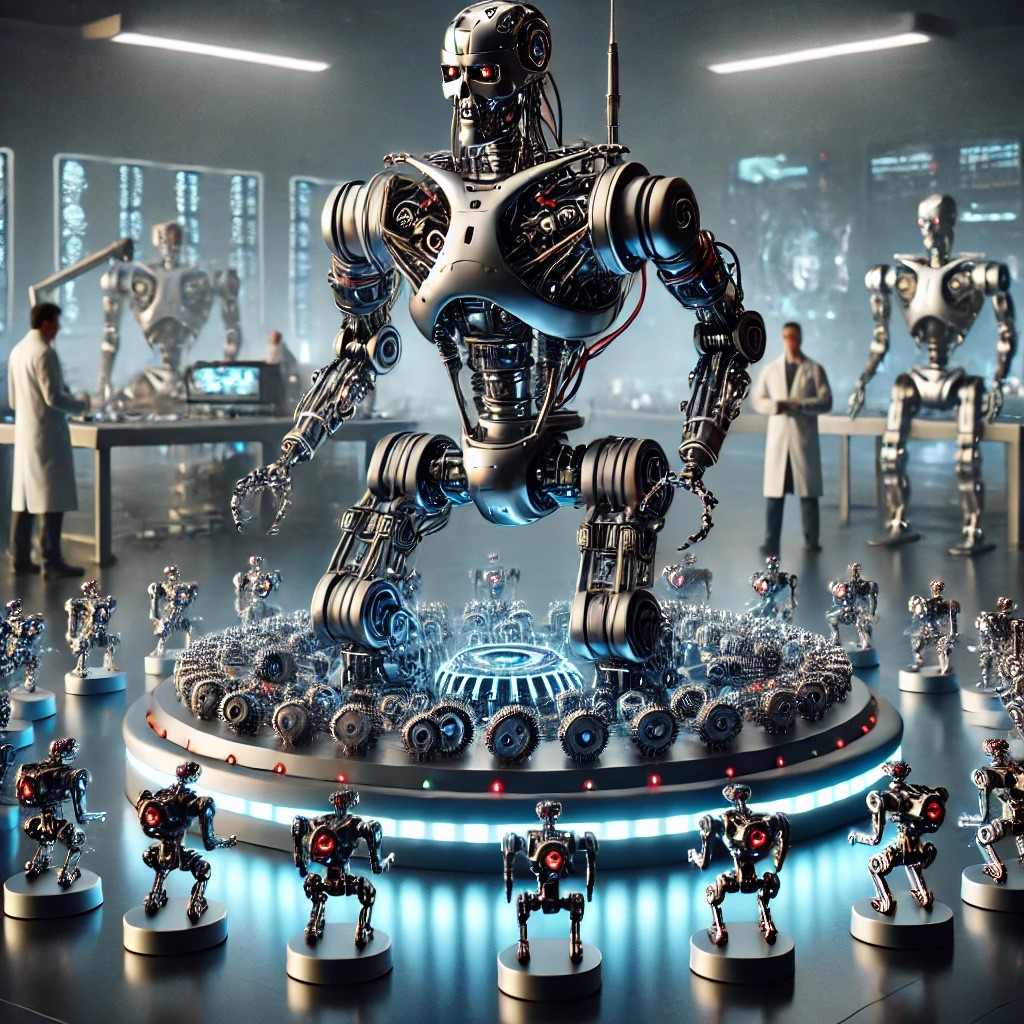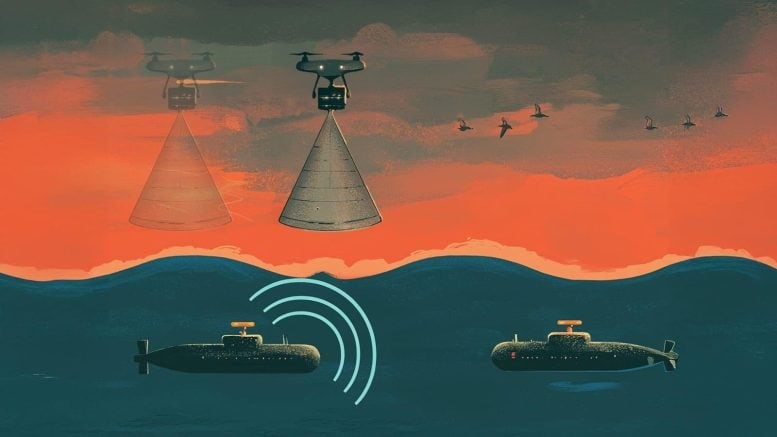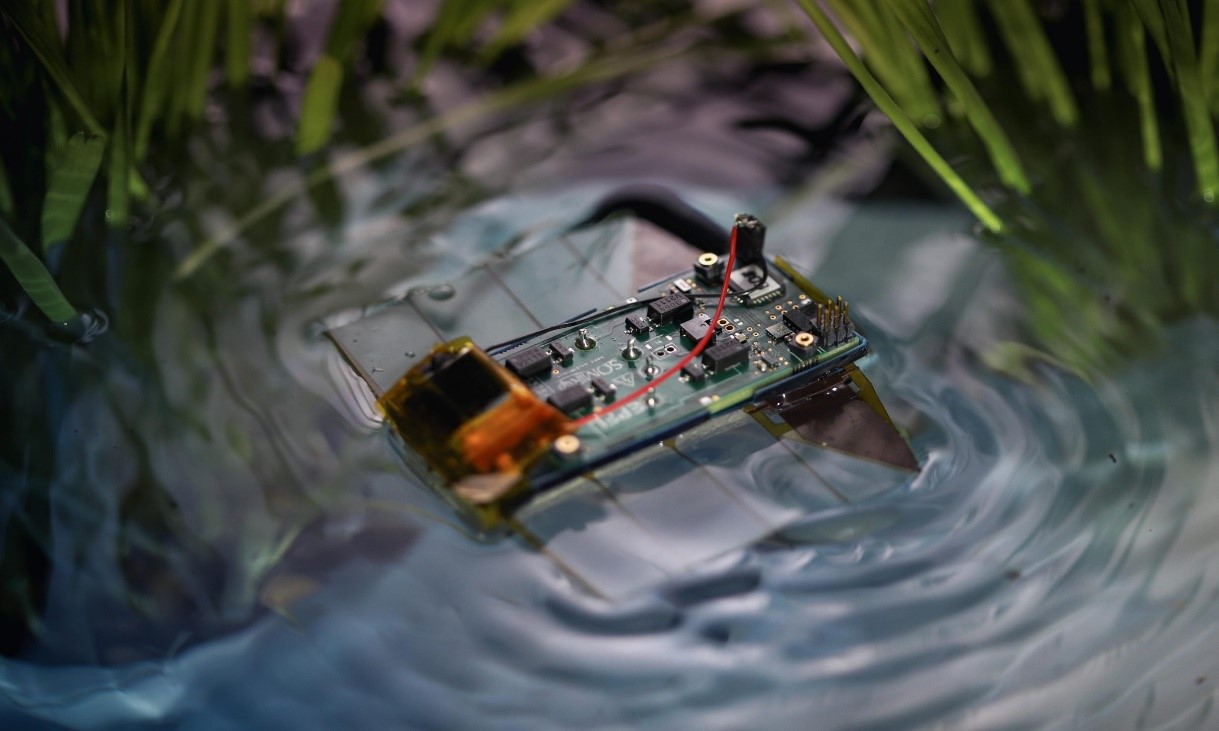Paralyzed Man Uses Mind Power to Control Robotic Arm
A brain-computer interface (BCI) operated successfully for a record seven months without needing adjustments, a significant leap from previous systems that lasted only a day or two.
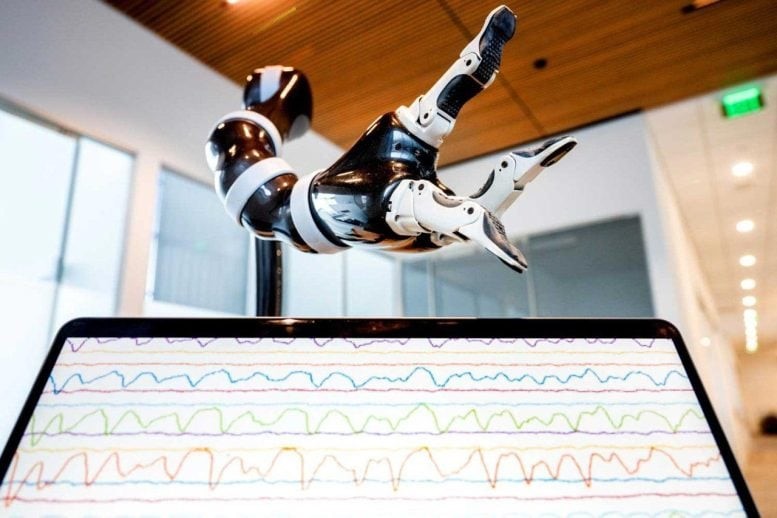
Figure 1. Mind-Controlled Robotic Arm Empowers Paralyzed Man.
This BCI utilizes an AI model that continuously adapts to subtle brain activity changes. As the user repeatedly envisions a movement, the AI refines its interpretation, enhancing the person's ability to control the device over time. Figure 1 shows Mind-Controlled Robotic Arm Empowers Paralyzed Man.
The Key to Stability: Adapting to Change
Ganguly observed that patterns of brain activity representing specific movements in animals fluctuated daily as they learned. He suspected a similar process occurred in humans, explaining why BCIs quickly lost their ability to recognize these patterns.
To test this, Ganguly collaborated with neurology researcher Nikhilesh Natraj, PhD, and a study participant who had been paralyzed by a stroke year earlier, leaving him unable to speak or move.
The participant had tiny sensors implanted on the surface of his brain, allowing the system to detect brain activity when he imagined movement.
A Mind in Motion
One of the study participants, who lost the ability to move and speak years ago due to a stroke, was able to control a robotic arm simply by imagining movements.
To determine whether his brain patterns changed over time, Ganguly asked him to imagine moving different parts of his body, such as his hands, feet, or head.
Even though he couldn't physically move, his brain still generated the signals associated with those movements. The BCI captured these signals through sensors implanted in his brain.
Ganguly’s team discovered that while the overall shape of these brain representations remained consistent, their locations shifted slightly from day to day.
From Virtual to Reality
To train the AI, Ganguly asked the participant to imagine making simple movements with his fingers, hands, or thumbs over two weeks while sensors recorded his brain activity.
When the participant first attempted to control a robotic arm, his movements lacked precision. To improve accuracy, Ganguly introduced a virtual robot arm that provided feedback on how well the participant's imagined movements aligned with actual commands.
With practice, the participant learned to control the virtual arm effectively. Once he transitioned to the real robotic arm, it took only a few practice sessions to successfully transfer his skills to the real world.
A New Level of Independence
With practice, the participant could use the robotic arm to pick up blocks, turn them, and move them to different locations. He even managed to open a cabinet, retrieve a cup, and position it under a water dispenser.
Months later, he was still able to control the robotic arm after a quick 15-minute “tune-up” to adjust for subtle shifts in his brain’s movement representations.
Now, Ganguly is refining the AI to make the robotic arm faster and smoother while preparing to test the BCI in a home environment.
For people with paralysis, regaining the ability to feed themselves or get a drink of water would be life-changing—and Ganguly believes that reality is close.
“I’m very confident that we’ve learned how to build the system now, and that we can make this work,” he said.
Source: SciTECHDaily
Cite this article:
Priyadharshini S (2025),”Paralyzed Man Uses Mind Power to Control Robotic Arm" , AnaTechMaz, pp.139


